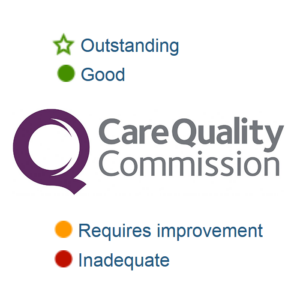Since the introduction of the new GP Contract in 2004, GP practices have found themselves subject to ever-increasing scrutiny, regulation and legislation. The changes in the legal and financial strictures to which practices are subject, combined with uncertainty surrounding the implications of further planned initiatives, have introduced several significant pressures, including:
Achieving the demands of governmentally imposed contractual obligations, which have had the effect of adding to already significant workloads whilst at the same time bringing a reduction in the level of investment in the General Medical Services Contract
The need to respond to the planned Equitable Funding Changes
The implications of meeting treasury demands to achieve substantial efficiency savings (£15-25 billion between 2011 and 2014)
Significant increases in patient demands
A crisis in terms of both recruitment and retention of GP’s and Partners as a result of these pressures, in conjunction with further uncertainties in relation to who will bear responsibility for undertaking unplanned, urgent or emergency care
The introduction, since the implementation of The Health and Social Care Act 2012 in April 2013, of clinical commissioning groups and a new range of procurement and competitive tendering regulations
Fears that the private sector will become enabled to tender for a wider range of primary health care services
The need to deliver a response to NHS England’s Call to Action, which identified an ever-increasing funding gap over the next few years.
As a consequence, GP practices are now actively seeking ways to achieve the savings and streamlining that will enable them to continue to provide the standard of patient care that they want to deliver whilst at the same time sustaining themselves and their staff in the context of what will be, for many practices, significantly tightened financial circumstances.
How Might GP Practices Respond to These Pressures?
One way in which many practices have decided to counter the challenges set out above is through collective/collaborative agreements with other practices. These agreements can take many forms, can be relatively straightforward or involve significant changes. They may involve informal and formal joint ventures, practice mergers, the formation of cooperatives, the introduction of new partnership agreements between existing partners and the establishment of limited liability partnerships or limited companies where two or more practices merge in order to introduce an evolution of economies of scale.
Such measures bring pressures of their own, of course. When two business entities combine to form a larger organisation it is necessary to consider many factors over and above the obvious legal and practical implications of the proposed new collective agreement. One of the most important of these is how the culture of the new organisation is to evolve. Practices will need to identify the culture that they believe will best serve the purpose behind their collective agreement and, having done so, decide upon how to implement any cultural changes that will be necessary for them to survive and flourish in an ever-changing and increasingly challenging marketplace. This may be difficult, particularly where two or more practices have evolved disparate cultures over a number of years or where one or more collaborating practice has no discernible existing culture.
By establishing a culture that will underscore future practices, procedures, policies, planning and philosophies, the new partners will be better equipped to streamline the practice for improved performance, both now and in the future. They will be more likely to achieve their goals and build a solid platform for the practice to be a first class employer, in a commercially aware, sustainable organisation, with a strong and dedicated team. The practice will have the flexibility and adaptability to meet all existing regulatory structures/strictures and to respond to whatever the future brings, whilst continuously providing optimal patient care.
(Whilst the need for merging practices to deal effectively with the issue of organisational culture if they are to maximise the prospects of success is obvious, it is also prudent for practices that do not intend to enter into a collective arrangement to address/readdress their practice culture in the context of the evolving environment in order to assess whether it is best equipped to achieve all of the above.)
Article written by Mark Edwards

Headline.
Streeting’s latest NHS workforce plan ignores systemic issues, focusing on recruiting more GPs despite the strain on resources. The real solution? Shifting care to community nurses, who offer better value and flexibility.









